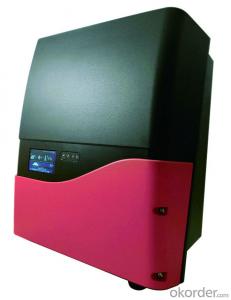Inverter In Solar Power Plant
Inverter In Solar Power Plant Related Searches
Inverter In Solar Inverter For Solar Power Plant Inverter In Solar Energy Inverter In Solar Panel System Inverter Used In Solar Panel Inverter On Solar Panel Solar Power Plant Inverter Inverter With Solar Input Solar Plant Inverter Inverter For Solar Battery Inverter For Solar Power Solar Inverter Inverter With Solar Panel Inverter With Battery Solar Solar Battery With Inverter Inverter Power Solar Solar Solar Inverter Purpose Of Inverter In Solar Solar Battery Inverter Inverter For Solar Farm Solar Power Battery Inverter Inverter With Solar System Power Inverter For Solar Panel Inverter With Solar Charger Inside Solar Inverter Solar Panels Inverter Inverter With Solar Panels Power Inverter Solar Inverter Solar Inverter Solar PumpInverter In Solar Power Plant Supplier & Manufacturer from China
Inverters play a crucial role in Solar Power Plants, converting the direct current (DC) generated by solar panels into alternating current (AC) that can be fed into the power grid or used by electrical appliances. These devices are essential for the efficient operation of solar energy systems, ensuring that the power generated is compatible with the existing electrical infrastructure.In various applications and usage scenarios, Inverters in Solar Power Plants are indispensable, as they enable the integration of renewable energy into homes, businesses, and utility-scale power generation. They are used in residential rooftop systems, commercial installations, and large-scale solar farms, ensuring that the clean energy produced can be effectively utilized and distributed.
Okorder.com is a leading wholesale supplier of Inverters in Solar Power Plants, boasting a vast inventory that caters to the diverse needs of the renewable energy market. They offer a wide range of high-quality inverters from reputable manufacturers, ensuring that customers can find the right product for their specific solar power plant requirements.
Hot Products

















































